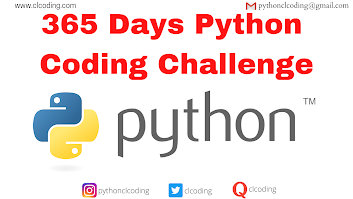Step-by-Step Explanation:
Assign x = 5:
- The variable x is assigned the value 5.
Assign y = (z := x ** 2) + 10:
- The expression uses the walrus operator (:=) to:
- Compute x ** 2 (the square of x), which is 5 ** 2 = 25.
- Assign this value (25) to the variable z.
- The entire expression (z := x ** 2) evaluates to 25, which is then added to 10.
- So, y = 25 + 10 = 35.
After this line:
- z = 25y = 35
- The expression uses the walrus operator (:=) to:
Print Statement:
- The print function uses an f-string to display the values of x, y, and z:
- {x=} outputs: x=5
- {y=} outputs: y=35
- {z=} outputs: z=25
- The print function uses an f-string to display the values of x, y, and z:
Output: The program prints:
Key Points:
Walrus Operator (:=):
- Assigns x ** 2 (25) to z and evaluates to 25 in the same expression.
- This reduces the need for a separate assignment line for z.
Order of Operations:
- First, z is assigned the value x ** 2 (25).
- Then, y is computed as z + 10 (25 + 10 = 35).
Unrelated Variables:
- x is not affected by the assignments to y or z. It remains 5 throughout.
Equivalent Code Without the Walrus Operator:
If we didn’t use the walrus operator, the code could be written as:
This would produce the same output:
Why Use the Walrus Operator Here?
Using the walrus operator is helpful for:
- Conciseness: It combines the assignment of z and the computation of y in one line.
- Efficiency: It eliminates redundant code by directly assigning z during the computation.

.png)
.png)
.png)

.png)
























.png)




















0 Comments:
Post a Comment